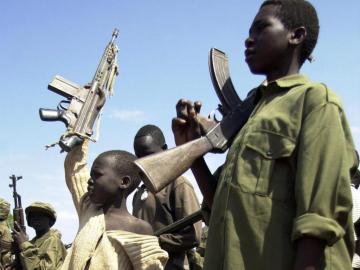
The United Nation rights investigators have revealed how child soldiers in the Democratic Republic of Congo are killing, r*ping and drinking the blood of armless women and young girls.
The investigators suggests that the violations and abuses committed in the country may amount to crimes under international law.
The officers drew conclusions from report on interviews with 96 people who had fled to neighbouring Angola to escape the violence in Kamonia territory in Kasai.
The UN team said that between 12 March and 19 June some 251 people were the victims of extrajudicial and targeted killings.
The victims, according to the team, included 62 children, of which 30 were aged under eight.
The UN Mission in the DRC has identified at least 80 mass graves in the Kasais.
The team saw people who had been seriously injured or mutilated, including a seven-year-old boy who had his several fingers cut off and his face totally disfigured.
A woman whose arm had been chopped off by the child soldiers recounted how she managed to escape, hiding for several days in the forest before reaching the Angolan border and being airlifted to hospital.
UN High Commissioner for Human Rights, Zeid Ra'ad Al Hussein, said, "Survivors have spoken of hearing the screams of people being burned alive, of seeing loved ones chased and cut down, of themselves fleeing in terror.
"Such bloodletting is all the more horrifying because we found indications that people are increasingly being targeted because of their ethnic group.
"Their accounts should serve as a grave warning to the Government of the DRC to act now to prevent such violence from tipping into wider ethnic cleansing.
"I call on the Government to take all necessary measures to fulfill its primary obligation to protect people from all ethnic backgrounds in the greater Kasai area."
Fighting began in the country in August 2016 between the Kamuina Nsapu militia and the Government.
The UN team reports that all incidents were executed by boys and girls of between seven and 13 years.
They said groups of girls called "Lamama" accompanied the militia, shaking their straw skirts and drinking victims' blood as part of a magic ritual that was supposed to render the group invincible.
The official added, "This generalised belief, and resulting fear, by segments of the population in the Kasais may partly explain why a poorly armed militia, composed to a large extent of children, has been able to resist offensives by a national army for over a year."

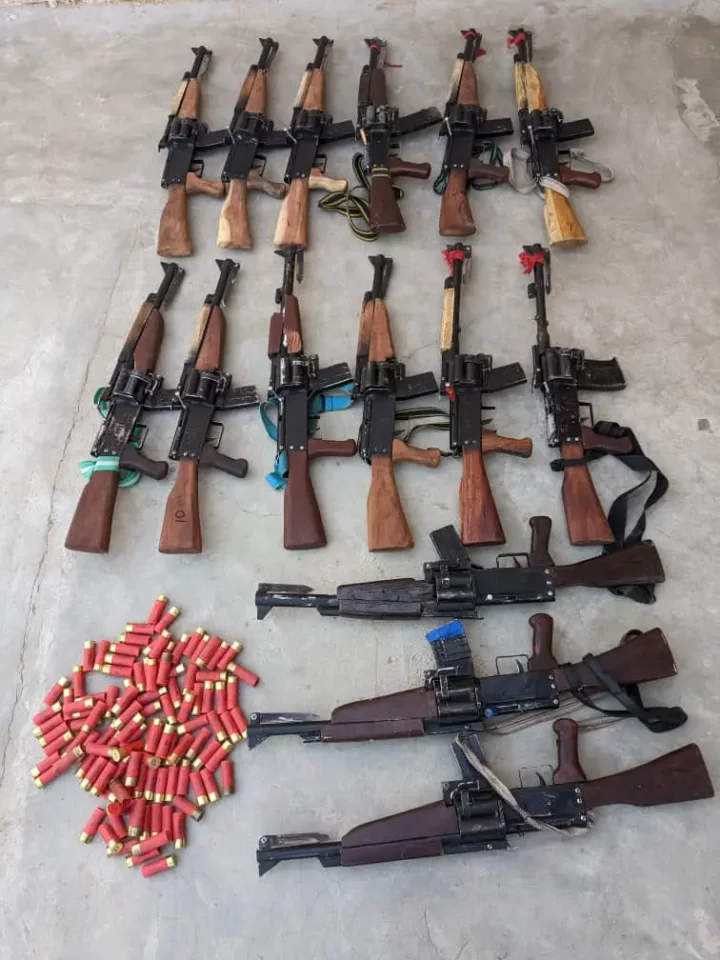


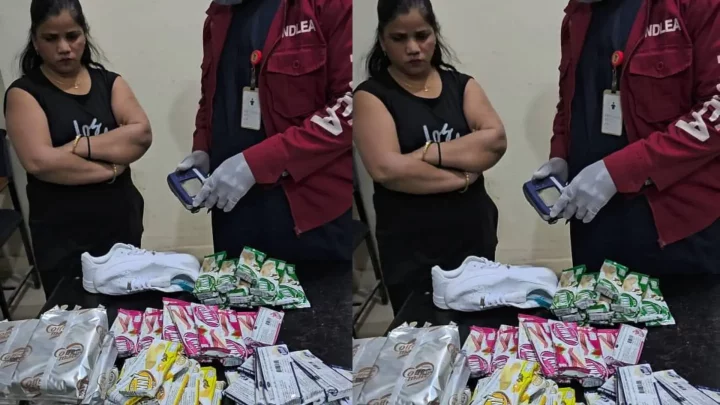
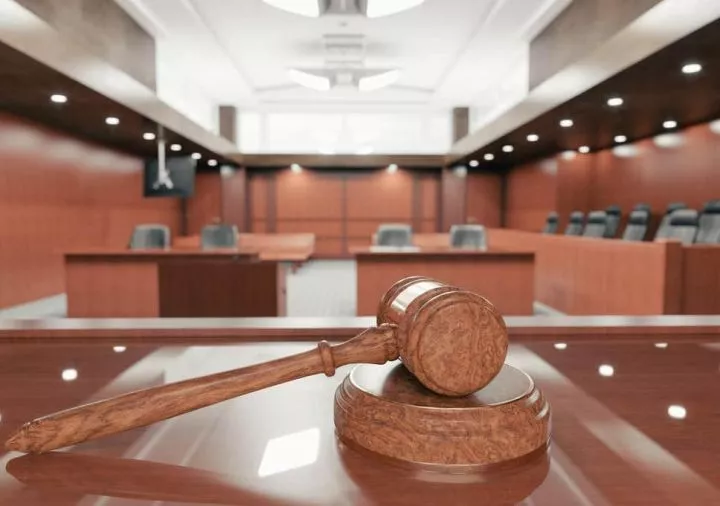

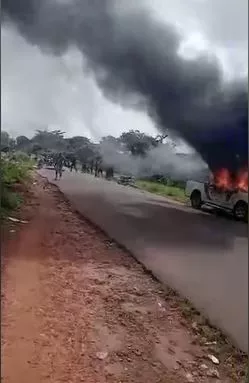








Comments